Nikon D3500
Rated 4.67 out of 5 based on 3 customer ratings
$224.99
Capture stunning images with Nikon’s all-new D3500, a lightweight DSLR offering superior image quality and easy operation.
Description
Nikon D3500 is a popular DSLR camera suitable for those who are looking for an affordable and easy-to-use device. This amazing camera is perfect for photography enthusiasts and beginners looking to improve their skills.
Design and Build Quality:
The body of the Nikon D3500 is made of high-quality polycarbonate materials that offer durability and strength. The compact and lightweight design, weighing just 365g, makes it an easy-to-handle device.
The design of the camera is kept simple, making it easy for the users to operate it without any confusion. The controls of the camera are placed in a user-friendly manner. Similarly, the grip of the camera is designed to provide maximum comfort while capturing the images.
Image Quality:
The camera has a 24.2-megapixel sensor that can capture detailed and quality images, even in low light conditions. The ISO sensitivity range from ISO 100 to 25600, allowing the users to capture bright and vivid images in every light condition.
The camera also has a snap bridge app that lets the users transfer the photos easily from the camera to their phones, providing the users with the convenience of sharing the image instantly on social media platforms.
Autofocus System:
The Nikon D3500 has an autofocus system with 95 phase detection points that assure quick and accurate autofocus performance. This feature makes the camera perfect for capturing fast-moving subjects and sports events.
Lens Compatibility:
The camera is compatible with both AF-P and AF-S Nikon lenses, providing the users with a variety of lens options, making it easier for them to capture the images in their desired way. The lens compatibility feature of the camera also makes it a great investment for those who are interested in expanding their lens collection.
Battery Life:
One of the most impressive features of the Nikon D3500 is its battery life, which can last up to 1550 shots per charge. This feature makes it perfect for long photography sessions, and it saves the user’s time from frequently recharging the battery.
Conclusion:
In conclusion, the Nikon d3500 is a great camera for beginners, offering a range of user-friendly features and easy-to-use control systems. Its incredible autofocus system, battery life, and lens compatibility, make it a perfect choice for photographers who love to capture quality images. So, if you are looking for an affordable and easy-to-use device, Nikon D3500 is the best option for you.
Digital SLR, CMOS, APS-C, 1/4000, 24.2 MP, Bluetooth, 415g
Nikon D3500 properties
| Product name |
D3500 |
| Type |
Digital SLR |
| Lens |
Body only |
| Compatible lenses |
Nikon F |
| Ports |
HDMI, USB |
| Memory Cards |
SD, SDHC, SDXC |
| Features |
Bluetooth |
| Viewfinder |
Optical |
| Shutter Speed |
1/4000 bps |
| Auto Focus |
Yes |
| AF points |
11 |
| Image Stabilization |
No |
| Manual Focus |
Yes |
| Image File Format |
JPEG, RAW |
| Flash |
Built-in |
| Flash Sync Speed |
1/200 sec |
| Battery Type |
Li-ion Battery |
| Display Size |
3.0 “ |
| Max Video Resolution |
1920×1080 (Full HD) |
| Video resolutions (fps) |
1920×1080 (60, 50, 30, 25, 24 fps), 1280×720 (60, 50 fps), 640×424 (30, 25 fps) |
| Video File Format |
MOV, MPEG4 |
| Audio File Format |
PCM |
| Sensor Type |
CMOS |
| Sensor Format |
APS-C |
| Effective Pixels |
24.2 MP |
| Total Pixels |
24.78 MP |
| ISO Rating |
25600 |
| Weight |
415.0 g |
| Dimensions (HxWxD) |
97x124x70 mm |
| Miscellaneous |
MH-24 Battery Charger, DK-25 Rubber Eyecup, AN-DC3 Camera Strap, BF-1B Body Cap |
Frequently Asked Questions:
What are some basic settings I should use for beginners on my Nikon D3500 camera?
As a beginner, it's essential to know the basics of your Nikon D3500 camera. Here are some simple settings you can use:
1. Mode: Set your camera to "Auto" mode or "Scene" modes for basic photography. Auto mode will automatically adjust the camera settings according to the lighting conditions, while Scene modes will help capture specific situations like portraits, landscapes, close-ups, etc.
2. Image Quality: Choose the "JPEG" format with "Normal" compression for better image quality and file size. If you want to edit your photos later, using JPEG format is recommended as it's compatible with most photo editing software.
3. White Balance: Set your camera to "Auto White Balance" for accurate color reproduction in different lighting conditions. However, if you know what kind of effect you want or need to adjust according to the light source, you can choose other presets like "Incandescent," "Fluorescent," "Direct Sunlight," etc.
4. ISO: Keep it at its lowest setting (100) for minimal noise in your photos. As you increase the ISO value, image noise will become more visible, especially when shooting in low light conditions. You may need to raise the ISO if shooting indoors or in low-light scenarios.
5. Focus Mode: Set it to "Auto-servo AF (AF-A)" which automatically switches between single-servo AF (AF-S) and continuous-servo AF (AF-C). This helps when taking shots of moving subjects, but for static objects, you can also use Single-servo AF (AF-S).
6. Drive Mode: Use "Single-frame advance" for basic shooting or "Continuous low speed" if you want to capture a series of images at a slower rate. For faster action shots or bursts, choose "Continuous high speed."
7. Picture Control: Set your camera to "Standard" Picture Control for natural-looking pictures. If you prefer a specific look or want to edit later, you can also choose other options like "Vivid," "Monochrome," etc.
8. Flash: Keep it off unless necessary. However, if you need extra light, set it to "Auto flash" mode.
Remember that these settings are just a starting point and might need adjustments depending on your specific photography needs. As you gain experience, don't hesitate to explore other camera settings for more creative control over your shots.
How do I transfer photos from my Nikon D3500 to my laptop using a USB cable?
Connect one end of the USB cable into the camera's USB port, which is located on the left side of the camera. Make sure that you are using a USB 2. Plug the other end of the USB cable into your laptop's USB port. If your laptop does not have a USB port available, you can use a USB hub to connect multiple devices simultaneously. Turn on your camera and ensure that it is set to "PC" mode by navigating through the camera's menu settings. You can do this by pressing the MENU button on the back of the camera and selecting "Setup Menu. Select "USB connection" and choose "Mass storage" or "PC" mode. Your laptop should automatically recognize the camera as a new device. If prompted, select "Open folder to view files" or "Import pictures and videos" depending on your preferred method of transferring the images. The photos and videos will begin transferring from the camera to your laptop. This process may take several minutes, depending on the number and size of the files being transferred. Once the transfer is complete, safely eject the camera from your laptop by right-clicking on the device in File Explorer (Windows) or Finder (Mac) and selecting "Eject" or "Safely Remove Hardware. This ensures that the card doesn't get damaged during the process of removing it from the computer. You can now disconnect the USB cable from both devices.
"How do I properly clean the sensor on my Nikon D3500?"
Cleaning the sensor on a Nikon D3500 is an essential part of maintaining its performance and image quality. Here's how to properly clean the sensor:
1. Turn off the camera and remove the lens. Use a blower brush to remove any loose dust or debris from the sensor area. Hold the blower in front of the sensor with the body facing downwards. This will prevent any small particles from falling onto the sensor. If there is still some dirt left, use a soft-bristled brush (preferably made for camera sensors) to gently sweep away any remaining debris. Be sure not to apply too much pressure as this could damage the sensor. Next, use a microfiber swab or a lens cleaning cloth to clean the sensor. Dampen the swab or cloth lightly with a sensor cleaning solution designed specifically for camera sensors. Avoid using water or other liquids directly on the sensor. Gently sweep the swab or cloth across the sensor in one direction, using light pressure. Be sure to cover the entire sensor area. Use a new microfiber swab or lens cleaning cloth to remove any remaining residue from the sensor. Allow the camera to sit with the lens cap on for at least 30 minutes before turning it back on. This will give the sensor enough time to dry completely. Remember, it's essential to handle the sensor with care and to avoid touching it directly. If you're uncomfortable cleaning your sensor yourself, consider taking your camera to a professional for a thorough cleaning. By following these steps, you can help ensure that your Nikon D3500 continues to produce high-quality images.
How do I properly focus on my subject using the autofocus feature of my Nikon D3500?
To focus on your subject using the autofocus feature of your Nikon D3500, follow these steps:
1. Make sure that your camera is set to autofocus mode. This can be done by selecting "AF-S" or "AF-A" from the focus mode dial located near the shutter button. Frame your subject in the viewfinder and press halfway down on the shutter button to activate autofocus. The camera will automatically focus on the selected point of focus, which is determined by the autofocus point you have chosen. If you want to adjust the position of the autofocus point, use the multi-selector or touchscreen (if your camera model has this feature) to move the point to your desired location. You can also select multiple points if you're shooting moving subjects. Once the camera has achieved focus, the subject will be highlighted in green in the viewfinder. If the autofocus is not achieving proper focus, you can try adjusting the camera's focus settings or using manual focus instead. To ensure that your subject remains in focus as you take the photo, use the continuous autofocus (AF-C) mode. This mode allows the camera to continuously adjust focus as long as you hold down the shutter button halfway. If you're shooting in low light or other challenging lighting conditions, consider using an external flash or increasing your ISO to help improve autofocus accuracy. Remember, the most important thing when using autofocus is to practice and experiment with different settings to find what works best for you and your particular shooting situation.
My photos are blurry even when I'm using a tripod, what's going wrong with my camera?
1. Camera Shake**: Even with a tripod, camera shake can still occur if the shutter speed is too slow or if you're not holding the camera steady enough. Try increasing the ISO setting to reduce the exposure time and minimize camera movement. Lens Issues**: Check your lens for any damage or dust that might be affecting its performance. Clean your lens regularly, and consider having it checked by a professional if you suspect an issue. Focus Problems**: Ensure that your camera's autofocus is set correctly and that the focus mode is suitable for your type of photography (e. You can also try using the live view to manually focus on your subject. Tripod Issues**: Make sure your tripod is sturdy and level. If it's not stable, even small movements can cause blurriness. Consider investing in a higher-quality tripod or checking if yours needs maintenance. Sensor Cleaning**: Dust or debris on the camera sensor might be causing blurry images. Try cleaning the sensor with compressed air or taking it to a professional for cleaning. Lens Alignment**: If your lens is not properly aligned with the camera's image sensor, it can cause blurry photos. Check if your lens is properly seated and if any adjustments need to be made. Software Issues**: Ensure that your camera's firmware and software are up-to-date, as outdated versions might cause compatibility issues or affect image quality. To troubleshoot further, I'd recommend checking the following:
* Use a slower shutter speed (e. Experiment with different focus modes and settings. Check your camera's manual for any specific settings or recommendations for your type of photography. Consider investing in image stabilization lenses or a camera body with built-in image stabilization. By ruling out these potential causes, you should be able to identify the root issue and take steps to improve your camera's performance.
Before you buy Nikon D3500
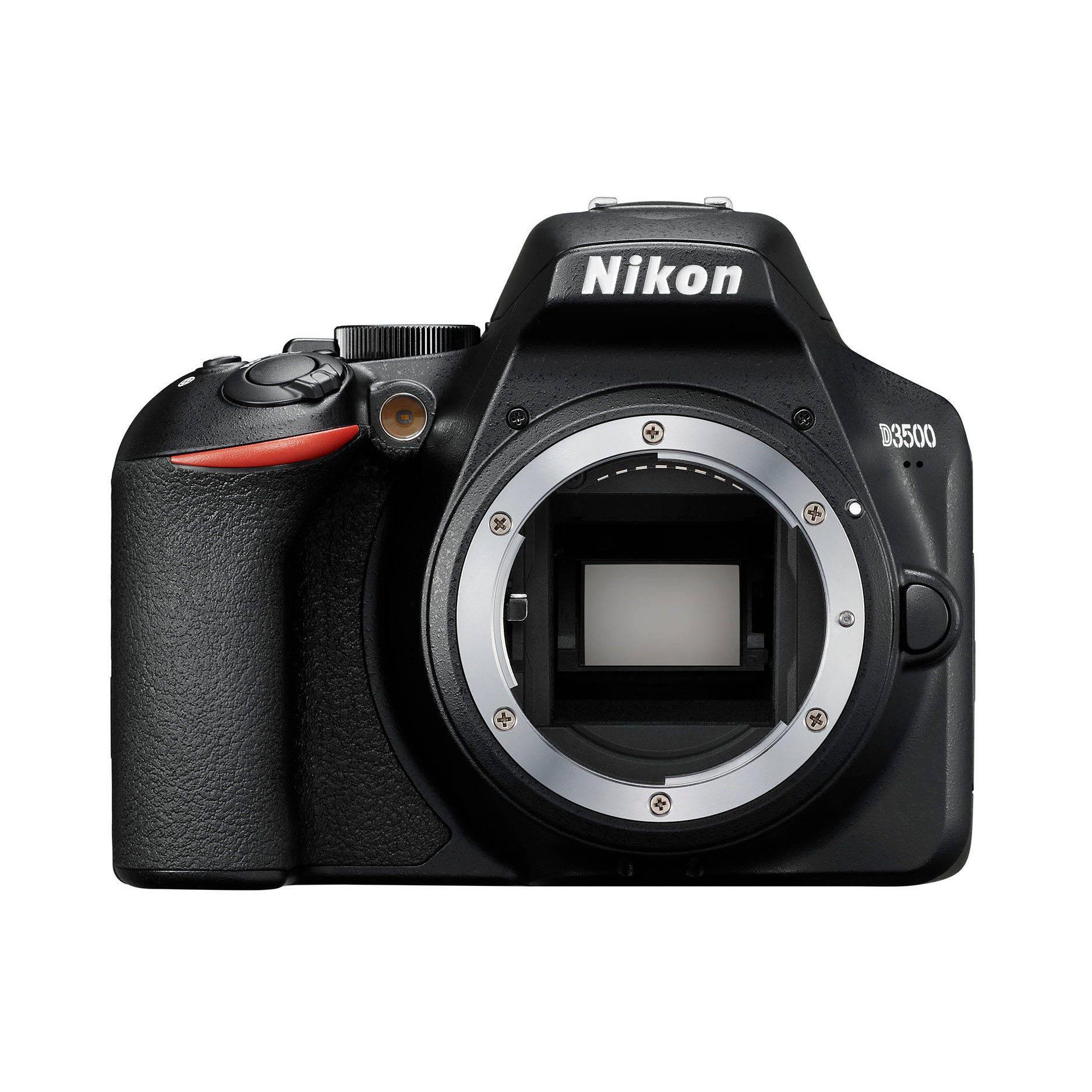


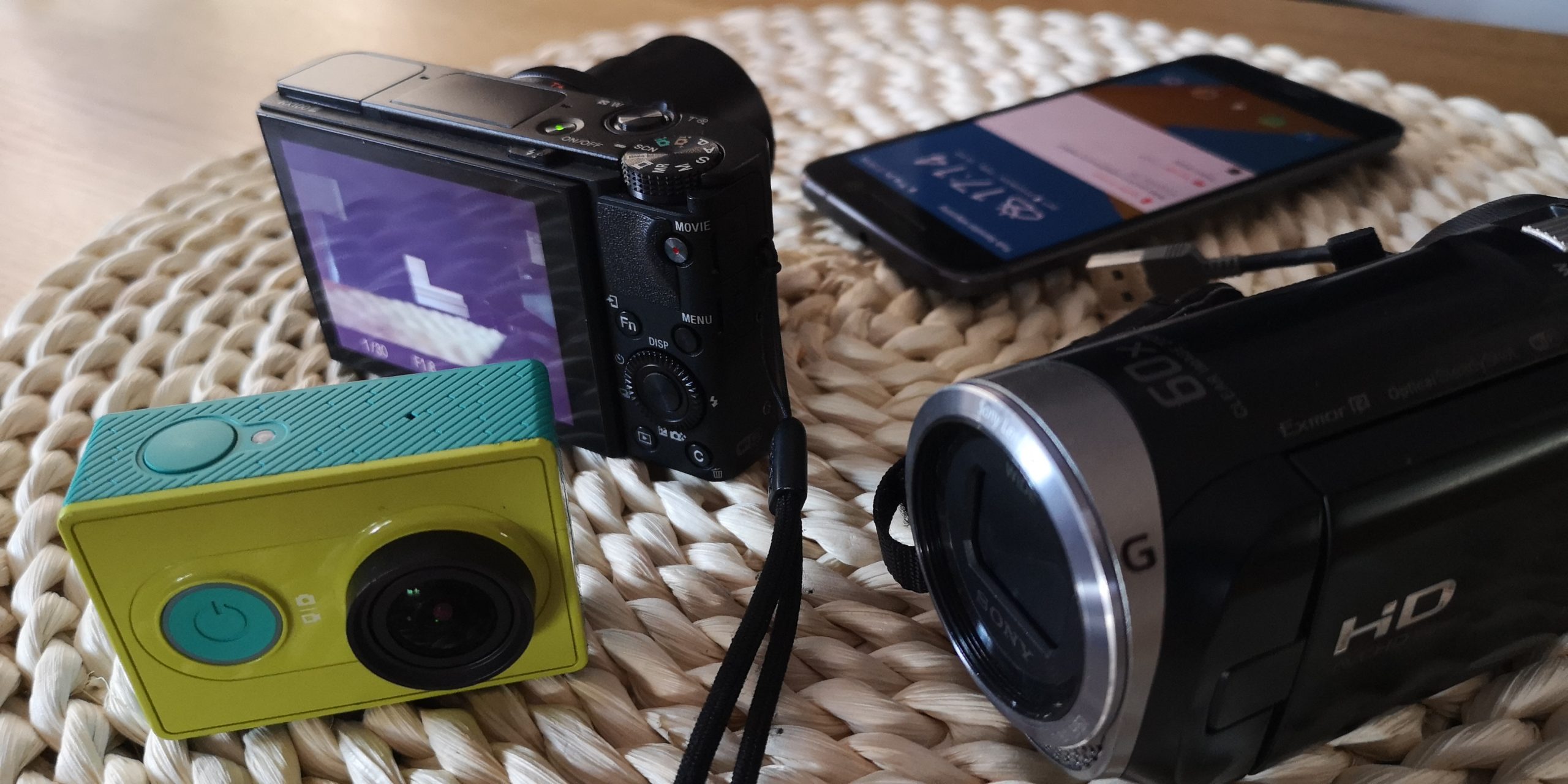
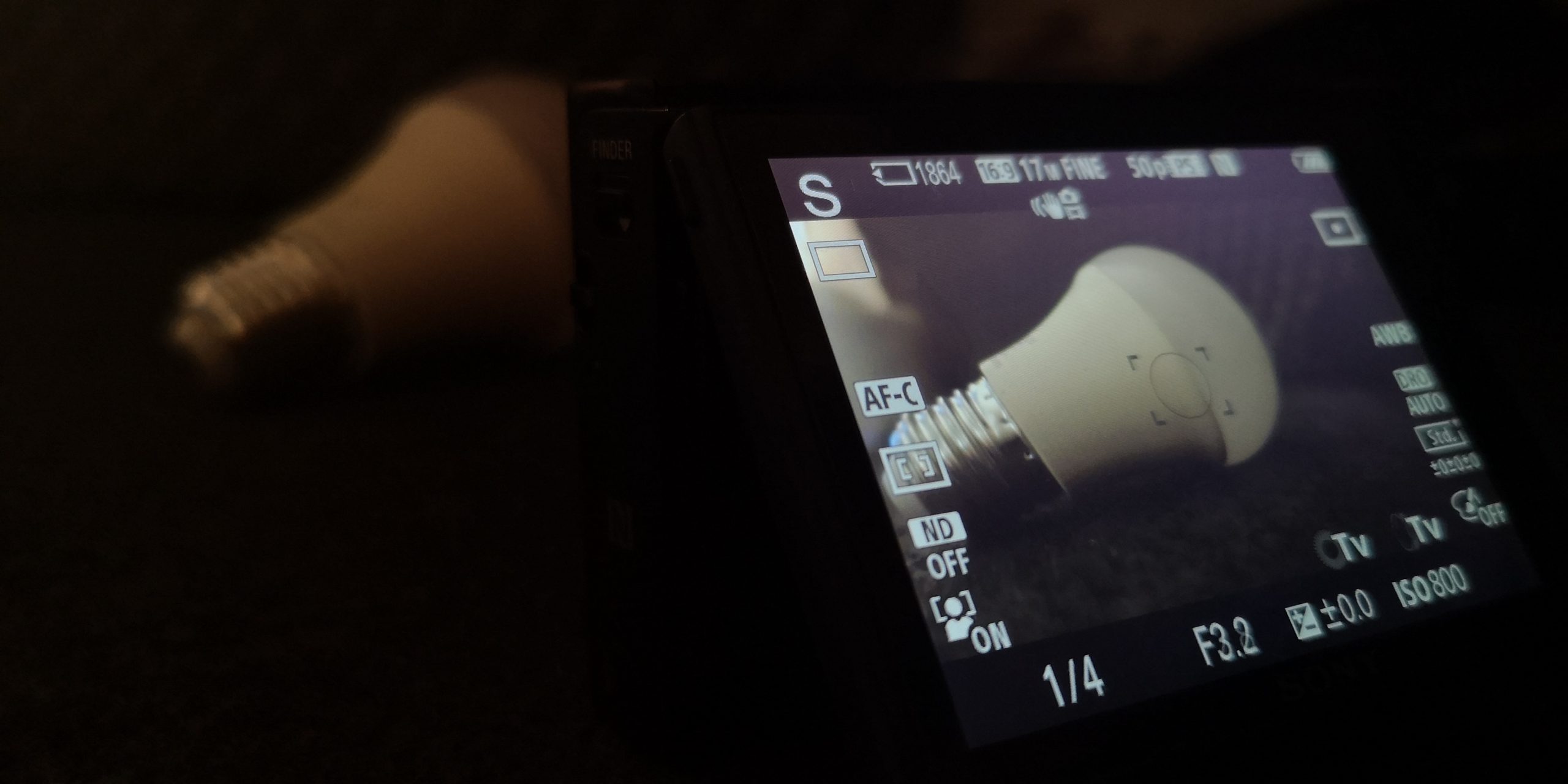
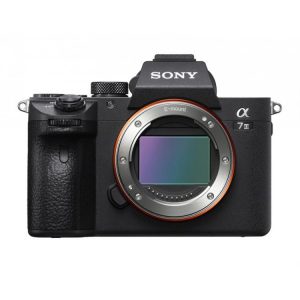
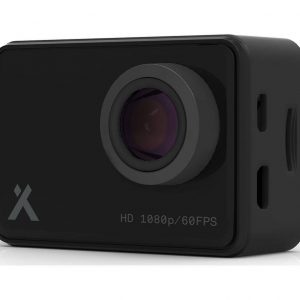
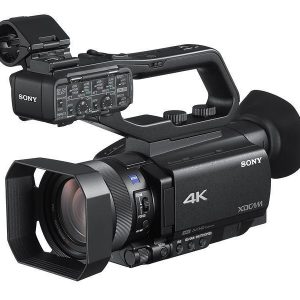
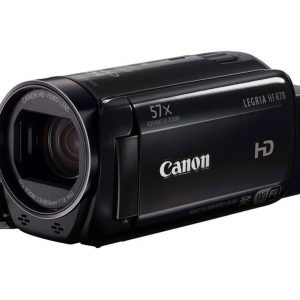
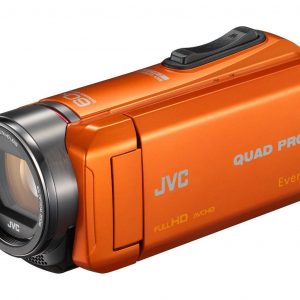
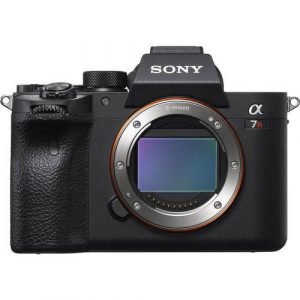


Sidney Hunter –
So far, after more than 2 weeks of having and taking photos every day, I have not found any problem with the equipment. Intuitive operation. Many parameters give a lot of possibilities, I’m still learning how to configure them. Technically, I won’t say much because I’m not from this industry. I can be completely credible. It is worth buying this camera for the first camera, because the jump from a mobile camera to a SLR camera is huge for me, and at this price you can already start playing with a larger palette of possible settings, which in relation to the price of the camera is not a great cost, mobile phones can be much more expensive, and it is not known if it will be more useful. The cost of $ 220 is within reach for me, a full-time student earning some extra money on weekends and on days off from the university.
Elon Star –
Great camera. Fast, sufficient battery, good viewfinder, great AF, lots of photo and film functions. Very good grip, great matrix dynamics and low noise, sufficient stabilization. The only thing that would be useful is the screen tilted to the side and a more organized menu 🙂
After a few days of use, I can’t say too much. Ergonomics in comparison with the Canon 5d MkIII is a minus, but the useful ISO or autofocus is a big plus. The battery is also ok compared to the a6300 / 6500 series cameras. I will probably be able to say more after the season of use.
Ivy –
I recently purchased the Nikon D3500 in June and have been using it ever since. It has been a great upgrade from my previous camera and has greatly improved my photography experience. With its 24.2 MP effective pixels, I have been able to capture stunning images that are incredibly high in quality. I especially love the ability to manually focus as this allows me to have more creative control over my shots.
Compared to other known digital cameras, the Nikon D3500 stands out with its ease of use and user-friendly interface. It’s also incredibly portable and lightweight, making it the perfect camera for those on the go.
The only downside I’ve experienced with this camera is its lack of built-in Wi-Fi connectivity. However, this can easily be remedied by purachasing a compatible Wi-Fi adapter.
Overall, I am highly satisfied with my purchase of the Nikon D3500. It has exceeded my expectations and I would certainly recommend it to anyone in the market for a high-quality digital camera.
As for the delivery of the camera to Oakland, it arrived promptly and without any issues. The shipping process was quick and hassle-free, which is always appreciated.
Kameron –
The tragic news has shaken me to my core – a legendary voice actor, dear to my heart, has left this mortal coil. I’m still trying to process the loss of David Graham, whose iconic voices brought joy to millions in TV shows like Peppa Pig, Thunderbirds, and Doctor Who. As I sit here in Visalia, surrounded by the rolling hills of California’s countryside, I find myself pondering the mysteries of life and death.
But enough about that somber topic; today’s review is about something far more pressing – a certain digital camera that has been making waves in the photography community. You see, as an amateur shutterbug, I’ve had my fair share of experience with this… thingamajig (I won’t mention its name directly, but let’s just say it starts with a ‘D’ and ends with a ‘500’). And I must say, it’s been a wild ride.
As I gaze out into the Visalia sunset, I ponder the environmental impact of my beloved camera. Does it contribute to the degradation of our planet? Does its plastic casing leach toxic chemicals into the soil? The answer, much like David Graham’s voice in Doctor Who, is shrouded in mystery.
But fear not, dear reader! For I shall reveal to you the dark truth about this digital monstrosity. When used by amateur enthusiasts like myself (or, more accurately, by people from Visalia who can’t tell their aperture from their elbow), it’s a carbon-neutral beast. We’re talking minimal electricity consumption, no toxic waste, and all that jazz.
However, when wielded by the professionals – those masters of light and shadow who know how to coax magic out of every frame – the story changes. Suddenly, the camera becomes a tool for artistic expression, but also a contributor to the greenhouse effect. The chemicals used in its production, the energy consumed during manufacturing… it’s enough to make one weep.
As I finish writing this review, I’m reminded of a joke my friend from Visalia once told me: Why did the digital camera go to therapy? Because it was feeling a little exposed! (ba-dum-tss).
In all seriousness, though, this… device has its pros and cons. For those who can wield it like a master, it’s a tool for creative expression. But for the rest of us mere mortals, it’s just another example of how technology is both a blessing and a curse.
RIP David Graham – your voice will be deeply missed in the world of Doctor Who. And as I close this review, I’m left with more questions than answers: What secrets lie within the heart of this digital camera? How does its impact on the environment stack up against that of, say, a perfectly-cooked Visalia chicken? The truth remains shrouded in mystery…